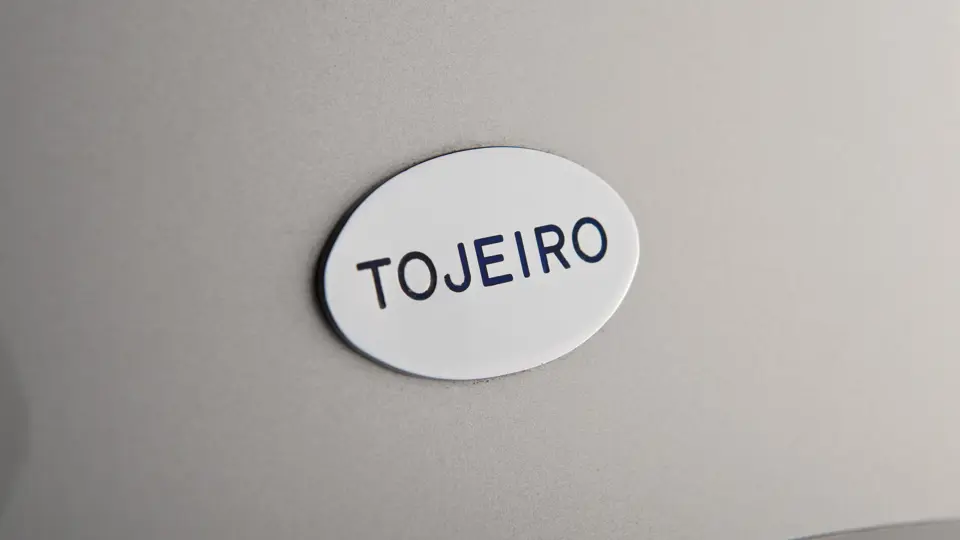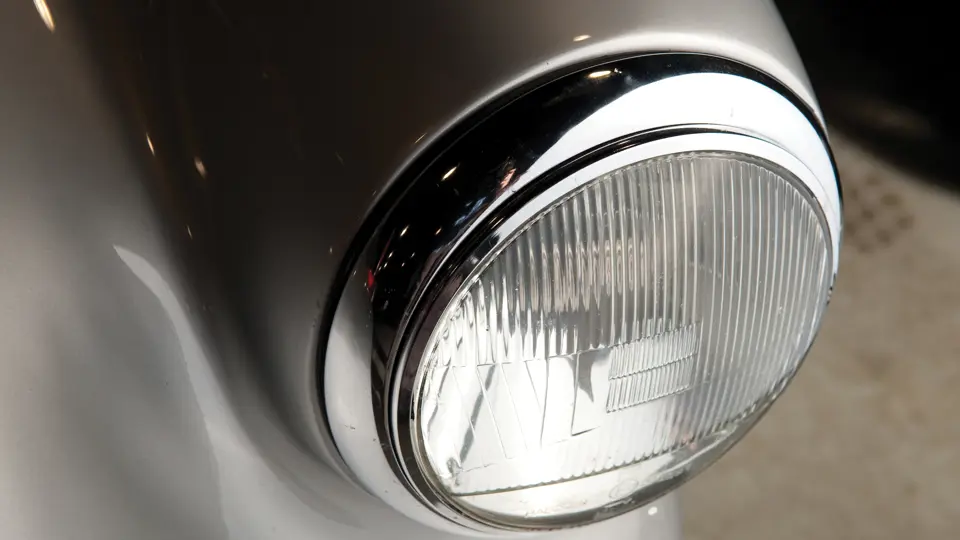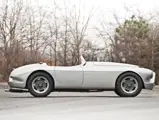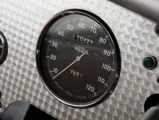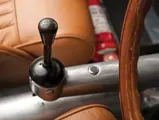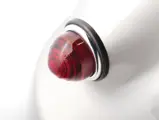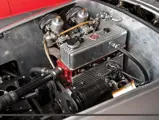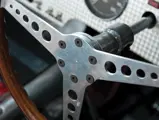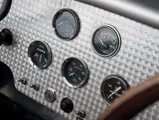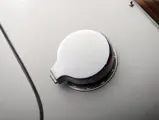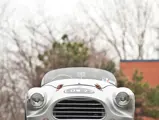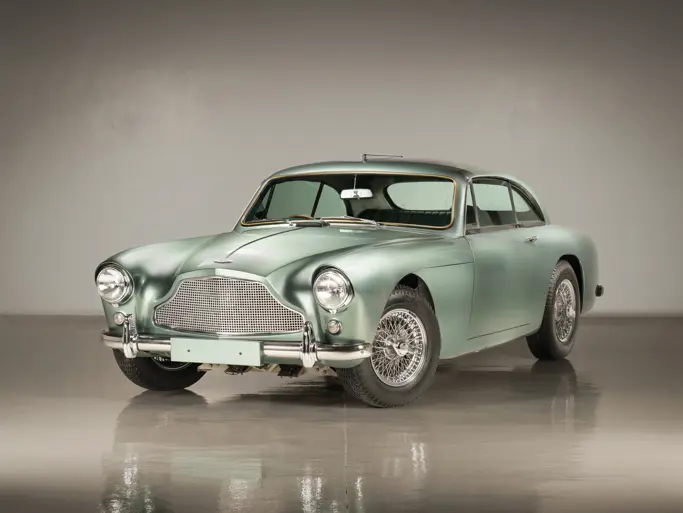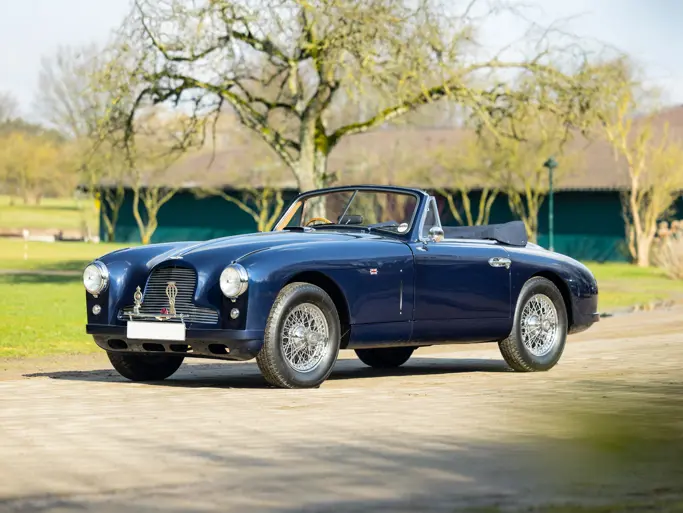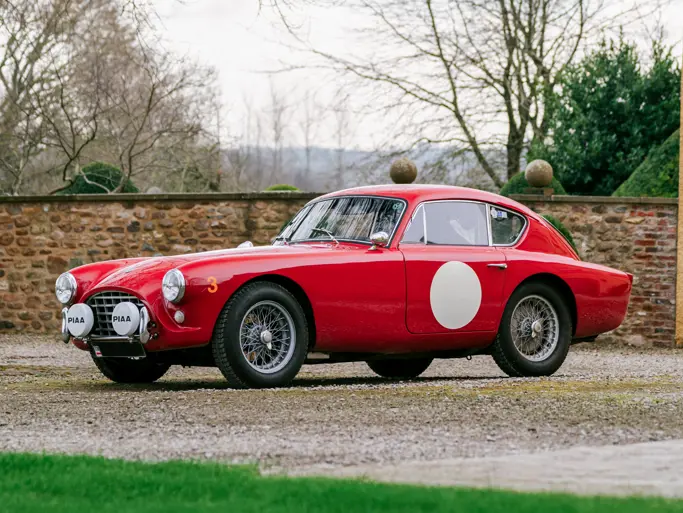1,467 cc MG XPAG OHV inline four-cylinder engine, twin SU carburetors, four-speed manual gearbox, independent front suspension by coil springs and wishbones, live rear axle with transverse leaf spring and radius rods, and four-wheel hydraulic drum brakes. Wheelbase: 88"
Titled as a 1953.
• Formerly part of the noted Bill Jacobs Collection
• One of the first racing cars built by John Tojeiro, designer at AC Ace
• Complete provenance, including 1950s English racing history and photographs
• Extensively raced and rallied in recent years
In the early-1950s, Cliff Davies commissioned John Tojeiro to build him a car with a two-liter, Bristol six-cylinder engine. Tojeiro, the established designer and builder of sports racing “specials,” obliged with a car registered as “LOY 500,” which was bodied by Panelcraft to look like a Ferrari 166 MM Barchetta. The Bristol engine was developed from the BMW 328 and developed 128 horsepower, while the whole thing weighed only 1,180 pounds.
Soon after, Tojeiro built an MG-powered Barchetta, LOY 501, and one, perhaps two, more cars. One of these is believed to be the car on offer today, the MG-powered LOW 77 and the other was Vin Davison’s LER 371, which was being built with a Lea-Francis engine. About the same time, Tojeiro was working for Ernie Bailey at Buckland Bodyworks, which was supplying bodies for AC. Bailey suggested that AC might be interested in Tojeiro’s design.
Tojeiro borrowed Cliff Davies’ Bristol-powered LOY 500 and drove down to the AC Works at Thames Ditton. AC wanted a car they could display at the upcoming 1953 Earls Court motor show, but there weren’t any available, until Tojeiro talked Davison into lending them LER 371. AC fitted Davison’s car with one of its own engines, painted it blue, re-registered it as TPL 792, and introduced it as the AC Ace Roadster. The model attracted the interest of a young racer named Carroll Shelby.
LOW 77 was sold to Reg Bicknell, who had been racing a motorcycle-powered Formula 3 Revis. But he never really clicked with the car, and after a mediocre 1953 season, he sold it to Ormsby Izzard-Davies. In the hands of Izzard-Davies’ driver, Alan Moore, 1954 was much more satisfactory, and the car performed well at Crystal Palace and Silverstone. The 1950s racing pictures of LOW 77 are almost all of Moore and even include photos by Klementaski.
By 1955, the world was moving on, and the new Lotuses and Coopers were faster than LOW 77 and the other MG-powered cars, so Izzard-Davies sold LOW 77 at the end of the 1954 season. It was advertised in Motorsport Magazine for $850, a considerable sum in those days, with the ringing endorsement that it had “always finished every race,” a claim that could be made by few race cars.
LOW 77 changed hands eight times in the next 30 years, mostly around eastern England. John Stock bought it next and kept it for 10 years, then C. Tufnell, Adrian Biggs, Michael Young, Robert Bowman, and Paul Delderfield. Richard Roberts kept it for almost 10 years before selling it to Chris Mann, who sold it to C.L. Sieffert in Longmont, Colorado. Once across the pond, LOW 77 was enthusiastically rallied in the Colorado Grand and the Copperstate 1000 and driven by Augie Pabst in the Steamboat Springs vintage races.
It was such fun that subsequent owner, Richard Rome, spent almost $11,000 to bring it back to first-class condition. LOW 77 comes with volumes of provenance and many photos in action, all compiled in a thick history binder, and it was featured in the January 2011 edition of Classic Motorsports. Simply put, it is a sheer delight to drive and is gorgeously presented, ready for many of today’s great historic rallies and events.


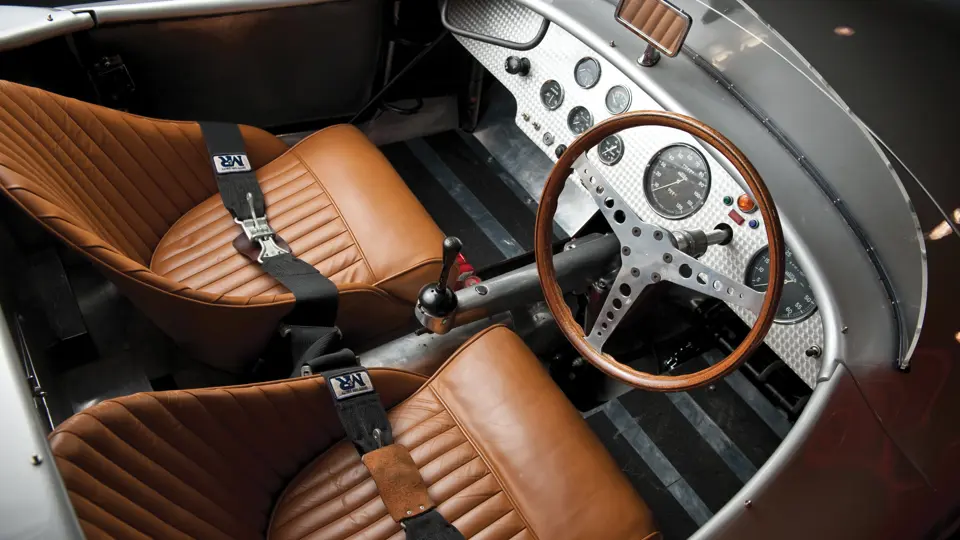

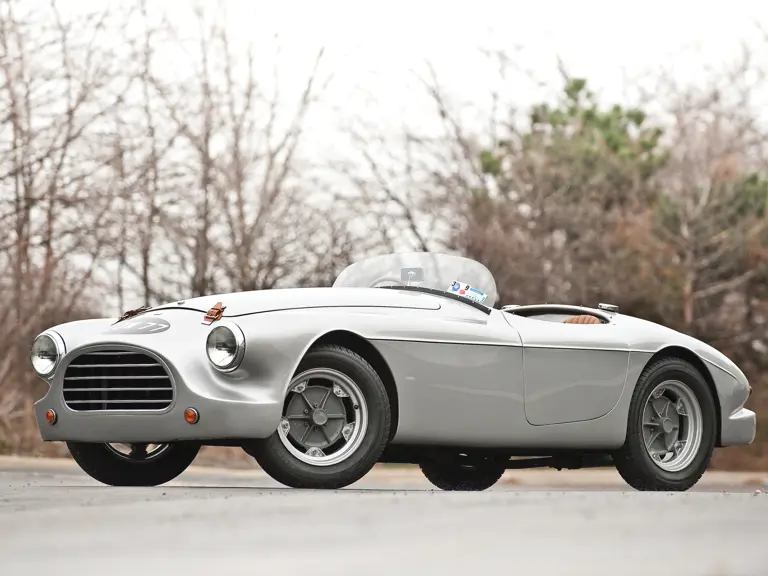
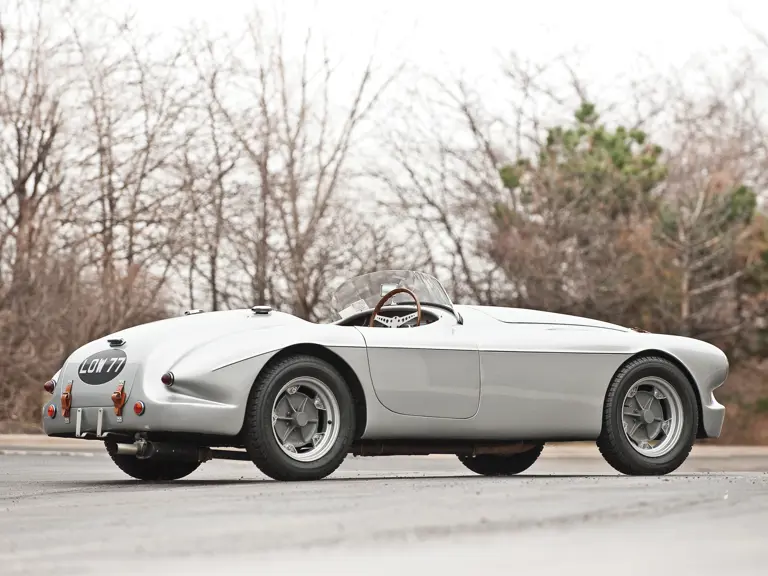
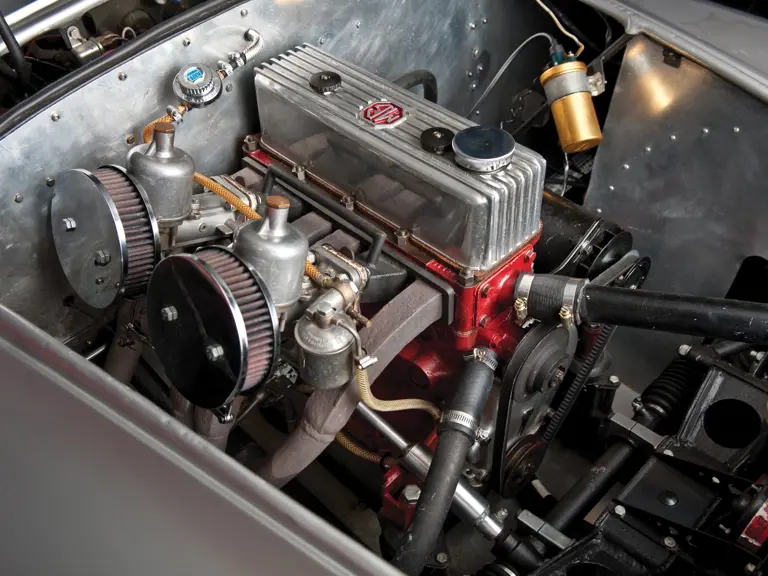
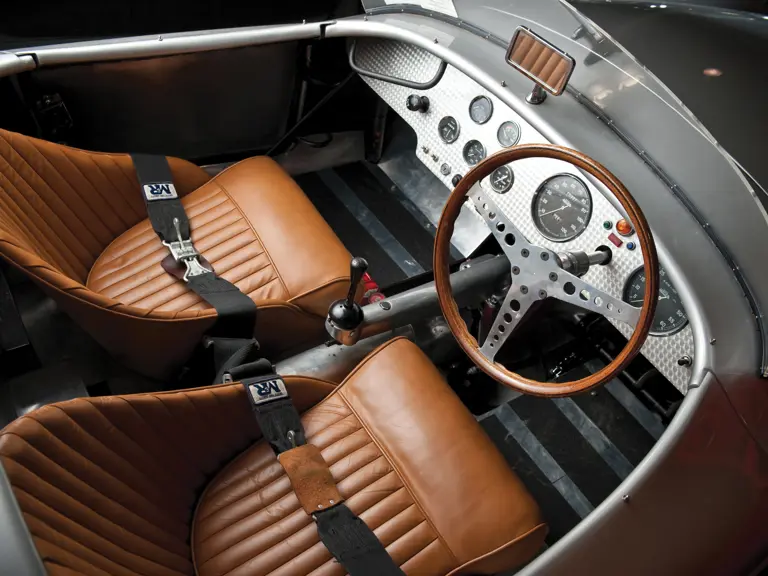

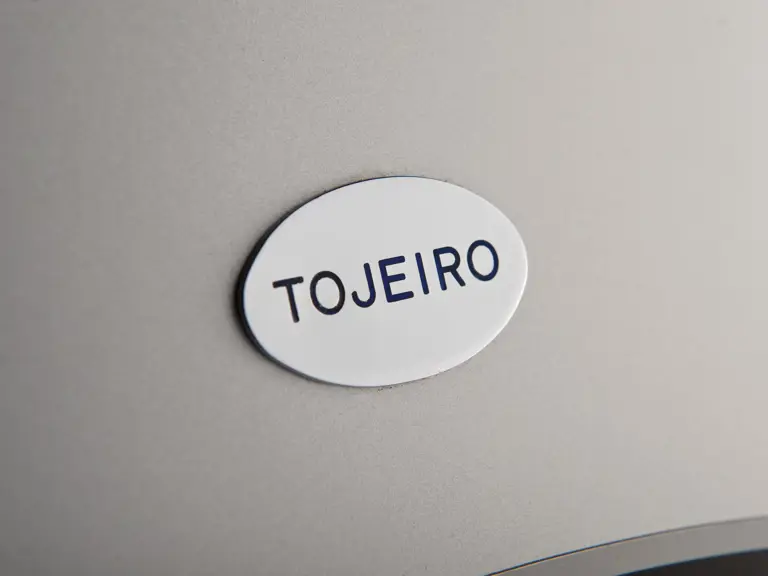
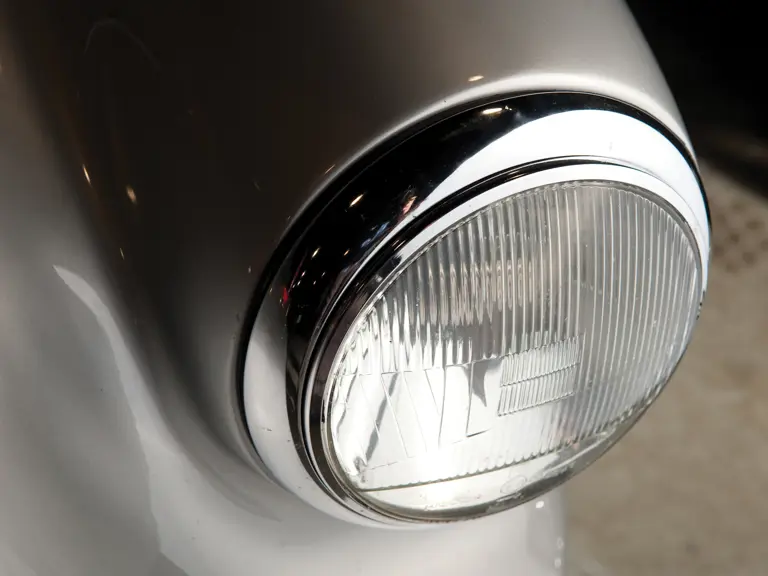
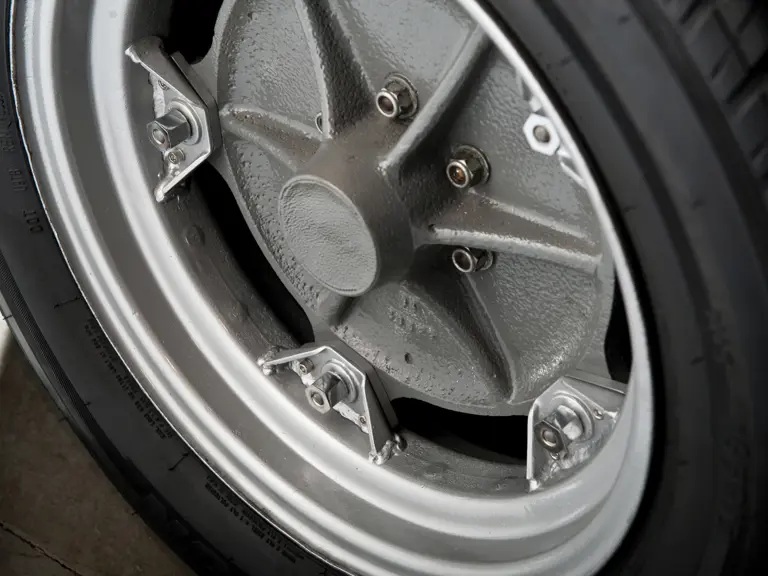
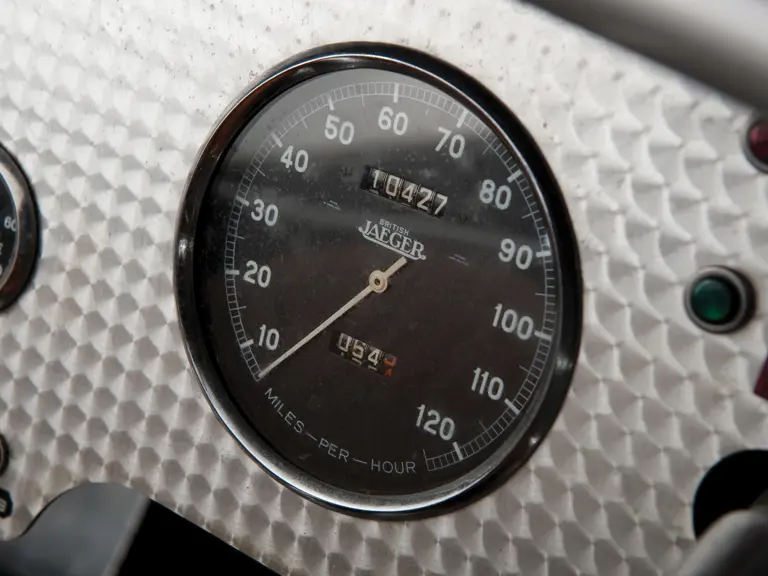


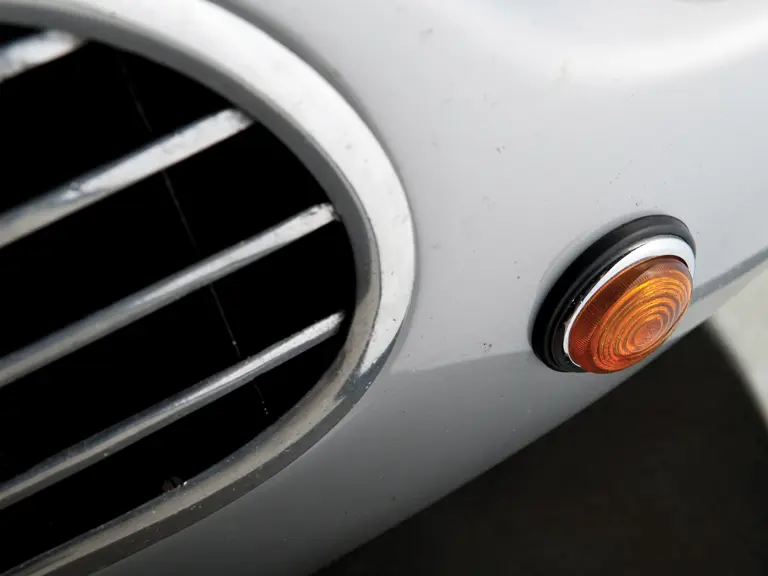
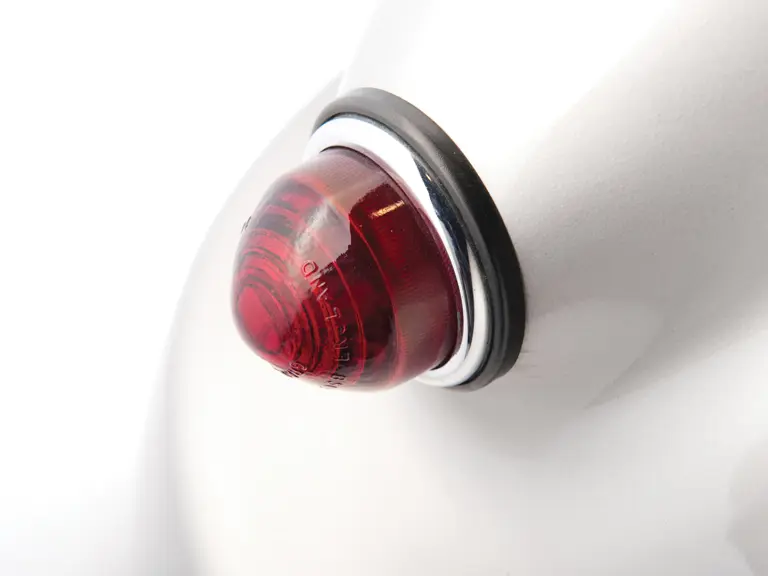


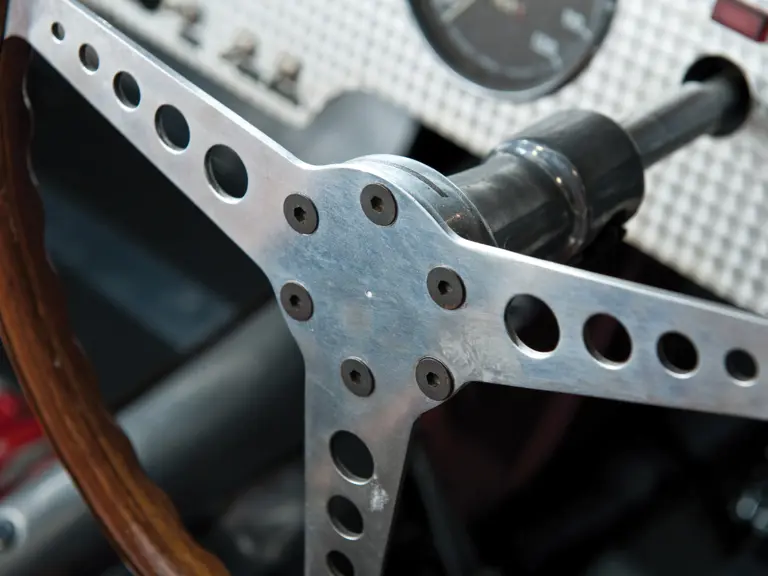
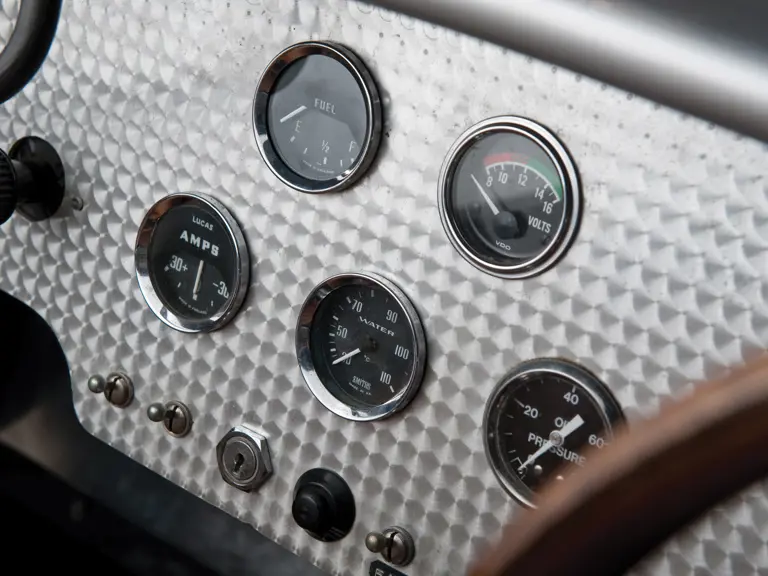
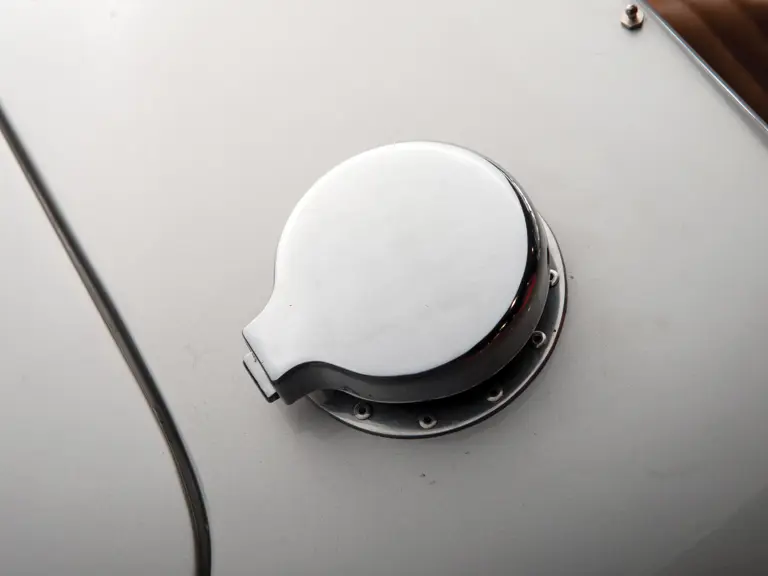

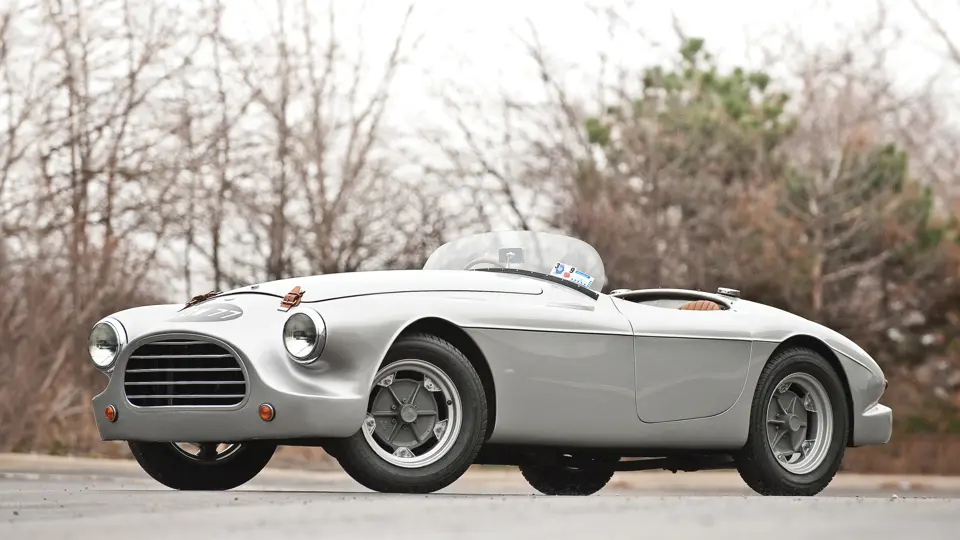
 | Monterey, California
| Monterey, California

